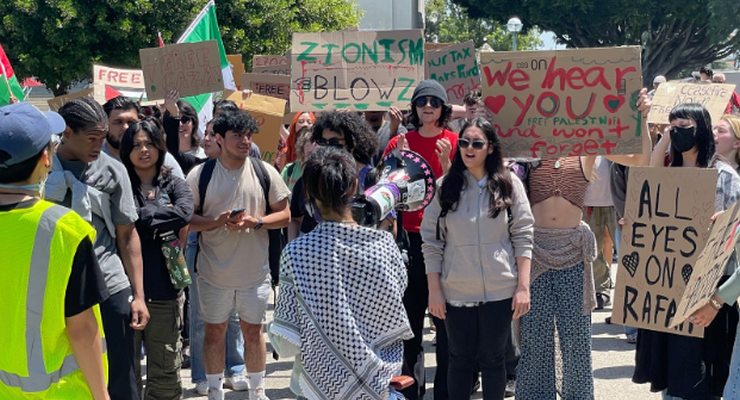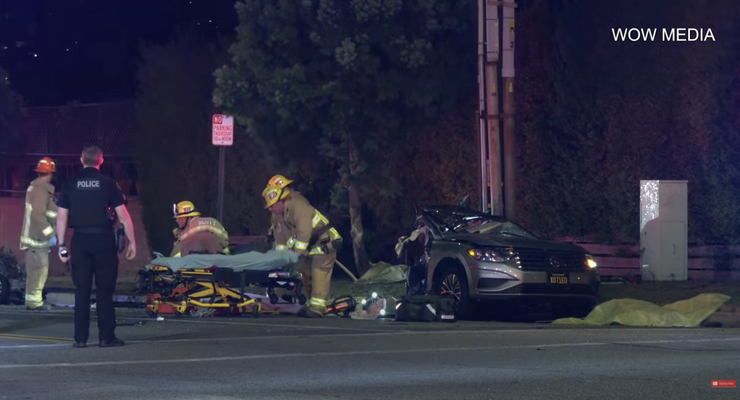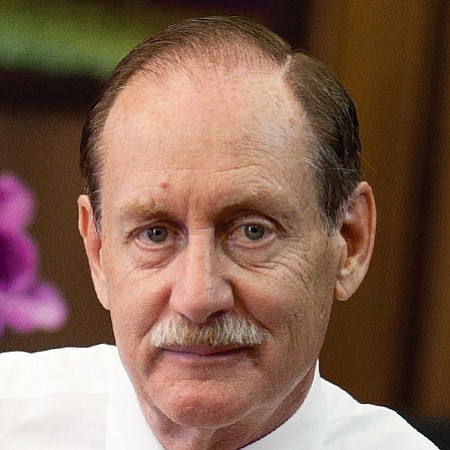
Pasadena is my hometown. I grew up here and graduated from local public schools. In junior high school I was introduced to the costs of racial segregation during the first week of classes. In my 7th Grade Metals course (a requirement for all boys), the boy in the seat next to me sat staring at the simple test on safety rules for operating machinery.
Confused, it gradually dawned on me that he couldn’t read the questions. Wordlessly, I shared my answers. We never talked about that unspoken exchange, but without his generous help I would never have successfully assembled the steel trowel we had to produce to pass the class.
My friend had graduated from Cleveland Elementary, which at the time was almost entirely Black (I’d gone to San Rafael, almost entirely White.) I would come to learn just how grotesquely unequal those schools were during the trial of a lawsuit brought by parents challenging the School Board’s policies of racial segregation. That case resulted in a landmark decision that made Pasadena the first city west of the Rockies to have a Federal Court order desegregation of its schools.
At the time, the School District defended its racially segregated schools by saying it was all based on the people who lived closest to their “neighborhood schools.” History teaches us that Pasadena’s residential segregation was a product not only of economic inequities, but also racial covenants that forbid sales of homes to non-Whites as well as widespread housing discrimination that took less overt form and lasted far longer.
Some would say all that is in the distant past. Perhaps. But I could not help but recall that painful history as I watched the Pasadena City Council unanimously vote to appeal the allocation from the Southern California Association of Governments (SCAG) for our share of housing to be built over the next eight years.
Every eight years, the State comes up with a formula for how many new homes should be built to accommodate population growth and the shortage of affordable housing in California. It’s SCAG’s job to apportion Southern California’s share to individual cities. The formula (called the Regional Housing Assessment Allocation or RHNA in government talk) also divides up the overall number by income categories, specifying a target for each.
Every eight years, cities complain that the numbers are too high or the formula is unfair. The net result over past decades is that California has produced far less housing than we need. So millions of Californians pay too much to keep a roof over their head and millions must travel long distances from the place where they can afford to live to where the jobs are located. This is socially, economically and environmentally unsustainable, but like many crises in our state, we have continued to kick the can down the road.
Ironically, Pasadena has a far better record than most cities in actually building housing, particularly affordable housing. Yet in this cycle, Pasadena will join other diehard cities in fighting our allocation.
I sympathize with the Council. Pasadena’s new number from SCAG is far higher than in previous cycles and realistically is probably beyond the City’s ability to actually produce. There are two main reasons for the high number. First, the state is finally getting serious about the magnitude of the housing shortage and the dire costs of delaying action. Second, in the past, fictional numbers were produced that pretended that thousands of homes would be produced in isolated communities on the far fringe of the region (suburban “sprawl” in the language of planners.) This was not only unrealistic, building on the fringe costs too much to support with new freeway capacity. Significantly as we suffer record-breaking temperatures and fires, the long commutes to jobs in cities like Pasadena spew the carbon emissions that are fueling climate change.
The Council is also rightly concerned that SCAG’s allocation for Pasadena also expects nearly two-thirds of new housing to be “affordable” to moderate and low-income residents. That’s a huge stretch given the cost of producing affordable housing and the limited resources available to Pasadena.
So I understand why the Council would complain. What I don’t understand is why they are spending at least $30,000 on a futile appeal. SCAG is not going to change their formula (it took months of bitter conflict for six counties and nearly 200 cities to reluctantly agree on it.) Plus SCAG has made the grounds for appeal almost impossible – none of the Council’s objections count as the basis for changing Pasadena’s number.
One of the key arguments made by members of the public in favor of the appeal was that building more than 9400 new units of housing would somehow undermine Pasadena’s “character.” That is what revived my childhood memories. When I was young, well-intentioned White parents fervently denied racist intent as they made similar arguments in favor of “neighborhood schools” in opposing desegregation. To them, an elusive quality of neighborhood “character” was at stake.
Again, I have sympathy for such concerns. Nearly everyone, regardless of their background, prefers the security of long-established patterns of community. Even for laudable objectives, we instinctively resist change that evoke fears of loss. For the defenders of neighborhood schools, it was the security and convenience of having your kids right down the street, attending with their long-time neighbors. Today, those who oppose new housing in our community evoke fears of traffic, pollution and “loss of character.”
But these fears are largely illusory. Pasadena has ample potential to replace outmoded buildings along transit corridors and near light rail stops with new homes that are no taller or denser than apartment buildings we now cherish that are nearly one hundred years old. Allowing rear units and duplexes in so-called “single-family” neighborhoods would not destroy the character of our community – at least it hasn’t in the officially-designated “historic” neighborhood that I live in. Pasadena can continue to evolve as a City, one whose “character” is more equitable and inclusive.
Some will object that Pasadena’s legacy of racial discrimination and segregation have no bearing on today’s housing debates. Again, perhaps. Sitting at my desk in Metals class in 1966, I certainly was ill-informed about why my friend could be passed through elementary school in my city without being taught to read. Over a lifetime I’ve come to understand it – and be dedicated to ensuring that every child in our community not only has the right to a quality education, but a place their families can call home.
Rick Cole is a former Mayor of Pasadena


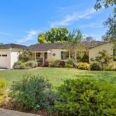

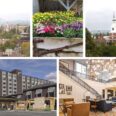









 0 comments
0 comments

